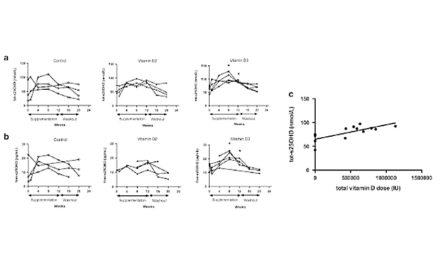Assessing Performance of Spore Samplers in Monitoring
Aeromycobiota and Fungal Plant Pathogen Diversity in Canada
Wen Chen,a Sarah Hambleton,a Keith A. Seifert,a Odile Carisse,b Moussa S. Diarra,c Rick D. Peters,d Christine Lowe,a Julie T. Chapados,a C. André Lévesquea
Abstract
Spore samplers are widely used in pathogen surveillance but not so much for monitoring the composition of aeromycobiota. In Canada, a nationwide spore-sampling network (AeroNet) was established as a pilot project to assess fungal community composition in air and rain samples collected using three different spore samplers in the summers of 2010 and 2011. Metabarcodes of the internal transcribed spacer (ITS) were exhaustively characterized for three of the network sites, in British Columbia (BC), Québec (QC), and Prince Edward Island (PEI), to compare performance of the samplers. Sampler type accounted for ca. 20% of the total explainable variance in aeromycobiota compositional heterogeneity, with air samplers recovering more Ascomycota and rain samplers recovering more Basidiomycota. Spore samplers showed different abilities to collect 27 fungal genera that are plant pathogens. For instance, Cladosporium spp., Drechslera spp., and Entyloma spp. were collected mainly by air samplers, while Fusarium spp., Microdochium spp., and Ustilago spp. were recovered more frequently with rain samplers. The diversity and abundance of some fungi were significantly affected by sampling location and time (e.g., Alternaria and Bipolaris) and weather conditions (e.g., Mycocentrospora and Leptosphaeria), and depended on using ITS1 or ITS2 as the barcoding region (e.g., Epicoccum and Botrytis). The observation that Canada’s aeromycobiota diversity correlates with cooler, wetter conditions and northward wind requires support from more long-term data sets. Our vision of the AeroNet network, combined with high-throughput sequencing (HTS) and well-designed sampling strategies, may contribute significantly to a national biovigilance network for protecting plants of agriculturaland economic importance in Canada.
Keywords
air- and rain-borne fungi, high-throughput sequencing, HTS, metabarcodes, plant fungal pathogens, spore sampler







